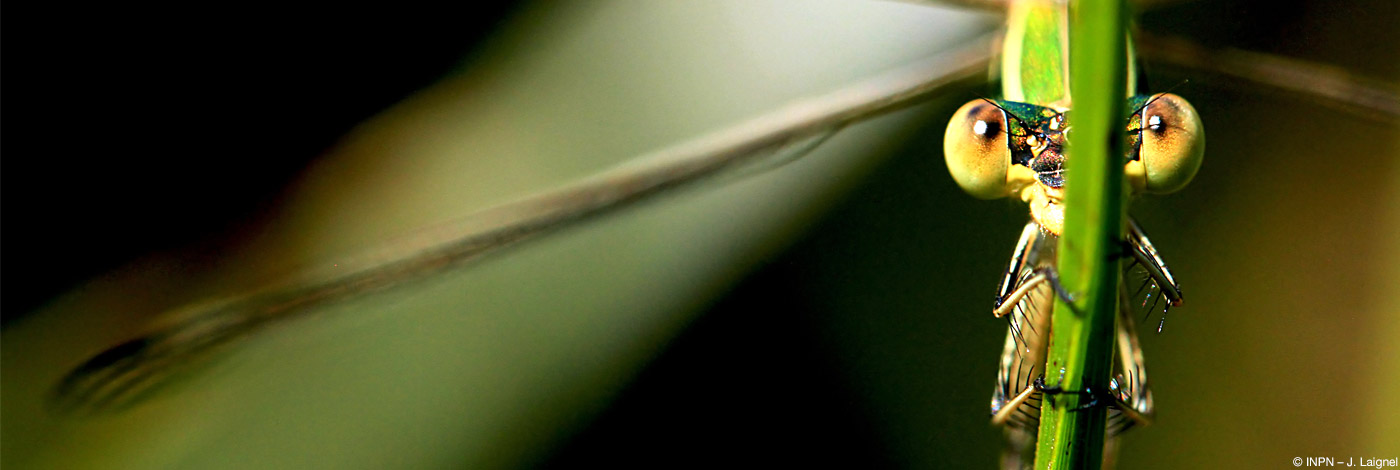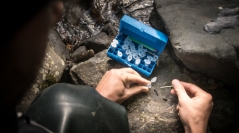

 Naturae
2021 (17) - Pages 233-242
Naturae
2021 (17) - Pages 233-242Protected and declining throughout its range, the Pyrenean Desman Galemys pyrenaicus (É. Geoffroy Saint-Hilaire, 1811) remains a poorly known species despite two conservation programs led in its favor in France since 2010. The lack of knowledge about the density of its populations and the individual movements encouraged us to carry out a study of six Desman populations distributed over six Pyrenean sites known to host the species. The method chosen was the genetic analysis of faeces, a non-invasive and less costly protocol than capture or radio tracking. Analyses of individual movements were possible by contacting individual faeces on several occasions. Faeces which allowed genetic analyses to identify an individual Desman made it possible to estimate a minimum density of desmans over 1.5 km prospected river spread over 3 km or even over more restricted portions of 250 meters. Thus, these results confirm the mobility of the Desman but also its nomadic and non-territorial nature. Nevertheless, one of the sites was excluded of the analyses since it was hit by a pollution leading to the disappearance of the species for a few years. Genetic analyses pointed out the efficiency of the faeces collecting protocol with positive results for each sample taken assumed to belong to the species. However, they also confirm the difficulty of the species detectability despite its presence. This means that even if the Pyrenean Desman seems to be absent of a river at a given time, we still need to take it into account. Likewise, it is necessary to take it into account in every river management projects in order to respect the ecological continuity necessary for its movements and the genetic mixing of its populations.